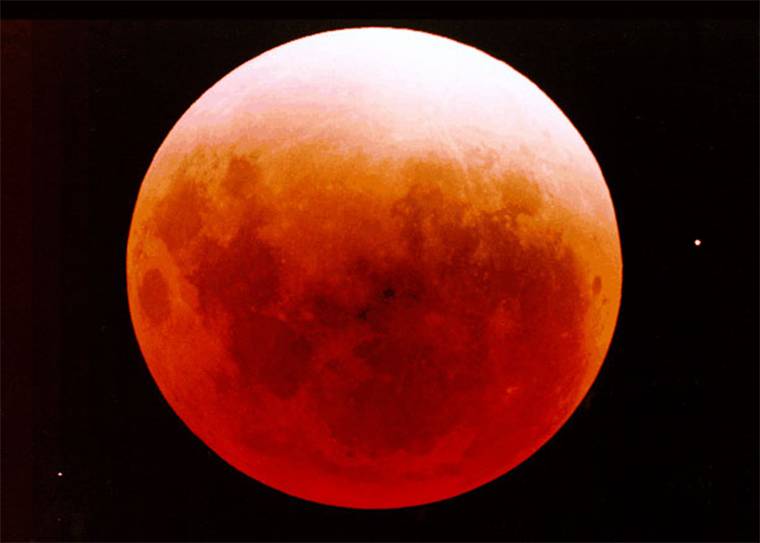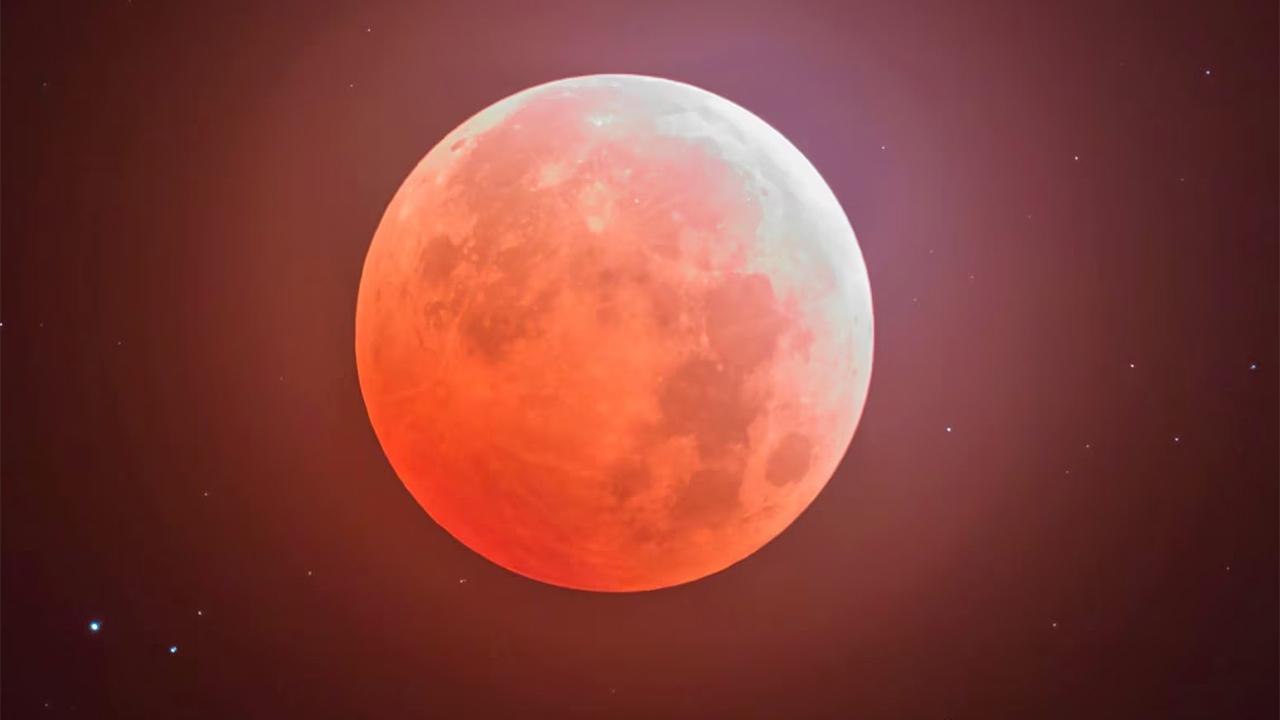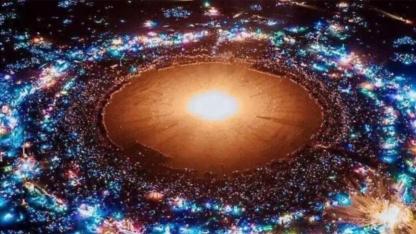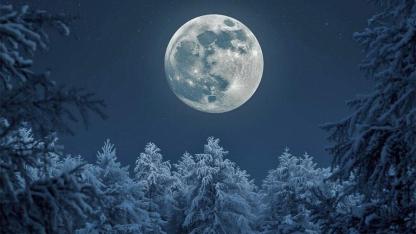The magic of October’s harvest supermoon
The moon will reach its fullest point at 11:48 p.m. ET, casting a silvery glow that will linger well into the early hours of Tuesday. Even if clouds obscure your view on Monday, the moon will still appear nearly full the following night, ensuring that everyone gets a chance to admire its brilliance.

The harvest moon holds a special place in autumn folklore. Traditionally, this moon helped farmers finish gathering their crops by extending the daylight hours with its bright light. Today, it continues to enchant stargazers for its striking beauty and symbolic connection to the changing seasons.
Why October’s full moon is called the harvest moon
The term “harvest moon” dates back centuries and refers to the full moon closest to the autumnal equinox, which marks the official start of fall in the Northern Hemisphere. Before electric lighting, farmers relied on the moon’s steady light to work late into the night, harvesting grains and crops before the onset of colder weather.
This year’s harvest moon will appear larger and more luminous because it’s also a supermoon—a term used when the moon reaches perigee, or the point in its orbit when it’s closest to Earth. This proximity makes the moon appear slightly bigger and about 15–30% brighter than an average full moon. While the difference isn’t always easy to detect with the naked eye, those who observe the moon regularly will notice its more radiant glow and enhanced size near the horizon.
The first of three supermoons this year
October’s harvest moon is just the beginning of a trio of back-to-back supermoons that will dazzle the night sky in the final months of 2025. Following the harvest moon, the Beaver Moon on November 5 and the Cold Moon on December 4 will continue the celestial spectacle.
According to NASA scientist Noah Petro, project scientist for the Artemis III mission, watching the moon’s changes throughout the year is a rewarding experience. “I would encourage people to go out and look at the moon, not just Monday or Tuesday, but later in the week, over the course of a month, over several months, to notice changes in the moon,” Petro said.
This year’s lunar events carry even more excitement as NASA prepares for its next phase of lunar exploration. The Artemis II mission, scheduled for early next year, will send four astronauts around the moon—a key step toward returning humans to the lunar surface for the first time in over 50 years.
How to view October’s supermoon
To get the best view of the October 2025 harvest supermoon, step outside shortly after moonrise on Monday evening and look toward the eastern horizon. As the moon rises, it often appears especially large and golden due to an optical illusion caused by Earth’s atmosphere.
For an unobstructed view, find a spot away from city lights—such as a hill, open field, or lakeshore. The moon will reach its highest and brightest around midnight, providing an ideal time for photographs or quiet reflection under the glow of the full moon. Even without a telescope, the naked eye will reveal stunning details of the moon’s surface, including its prominent craters and maria (the dark plains formed by ancient lava flows).
If weather conditions interfere, don’t worry—the moon will remain nearly full for another night, offering multiple chances to enjoy this luminous event.
Other celestial events to watch this fall
The harvest moon is only one of many awe-inspiring sky events happening in the weeks ahead. Several meteor showers are set to peak this fall, providing even more reasons to look skyward. According to the American Meteor Society and EarthSky, here are the upcoming meteor shower dates for 2025:
- Draconids: October 8–9
- Orionids: October 20–21
- Southern Taurids: November 4–5
- Northern Taurids: November 11–12
- Leonids: November 16–17
- Geminids: December 13–14
- Ursids: December 21–22
Each of these showers offers a unique display, with the Geminids and Leonids expected to be particularly bright this year. For the best viewing experience, find a dark location away from artificial light and allow your eyes to adjust to the darkness for at least 15 minutes.
A season of lunar wonder and exploration
October’s harvest supermoon is more than just a natural phenomenon—it’s a reminder of humanity’s enduring connection with the cosmos. As NASA prepares to send astronauts back to the moon and beyond, this full moon carries symbolic significance, inspiring people to look up and dream once again.
Whether you’re watching from a city balcony or a quiet countryside field, take a moment on October 6 to gaze at the glowing harvest moon. Its radiance connects us not only to the rhythms of nature but also to the next great chapter in our journey to the stars.















Yorumlar
Kalan Karakter: